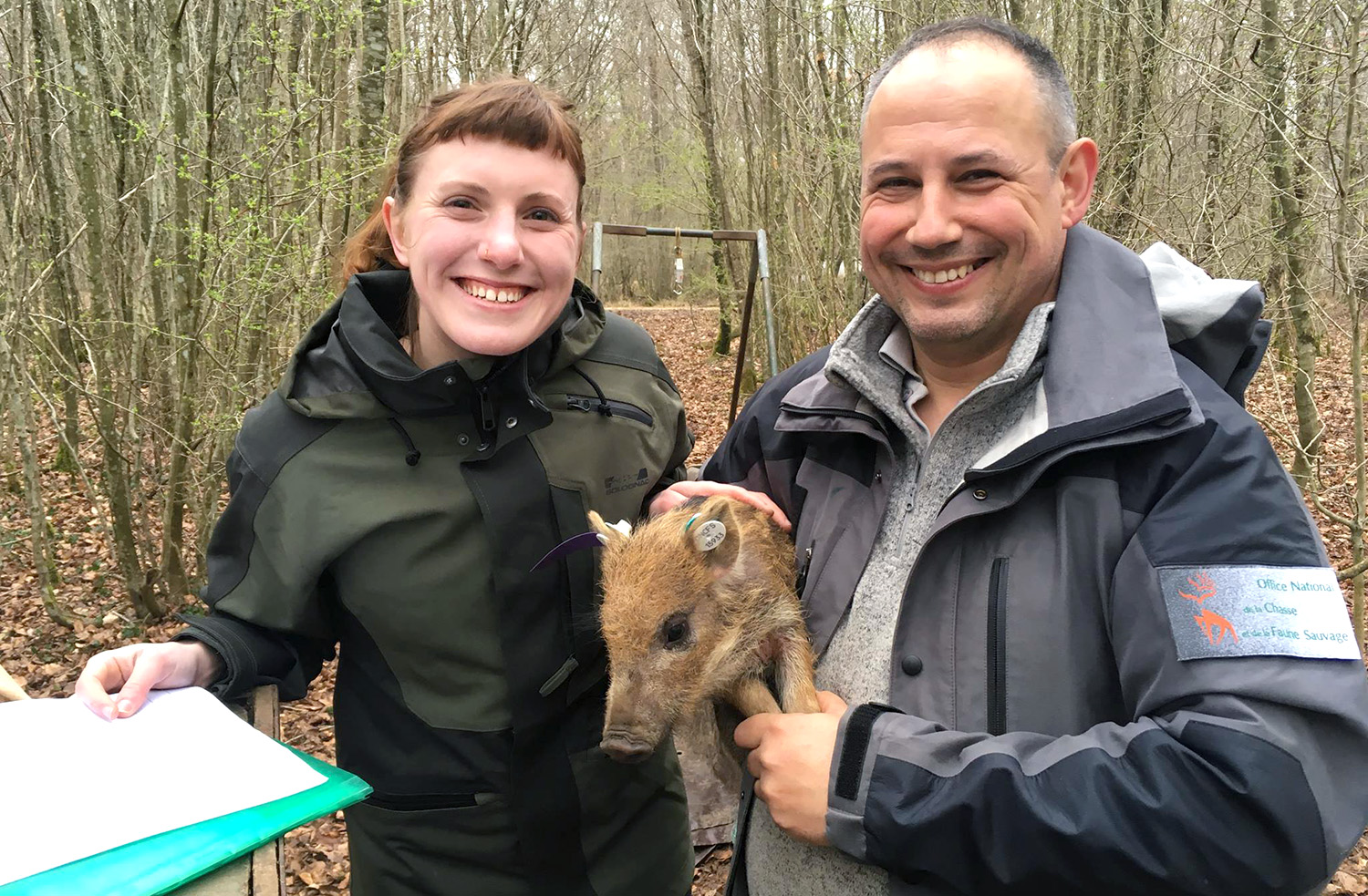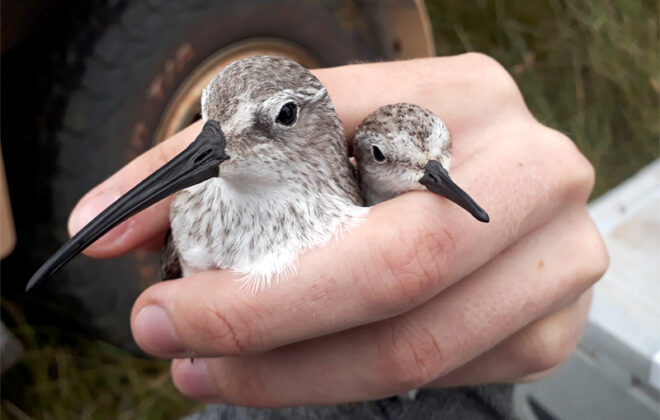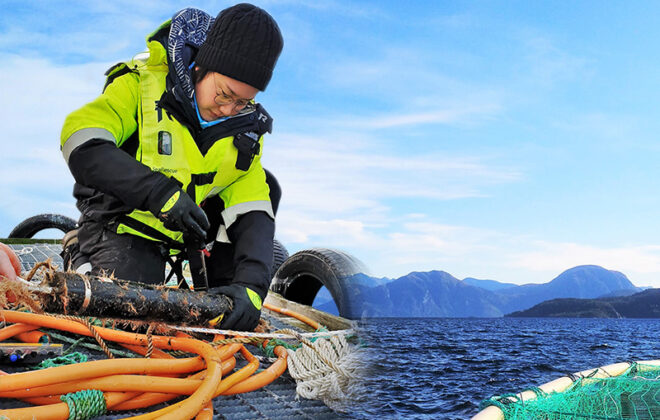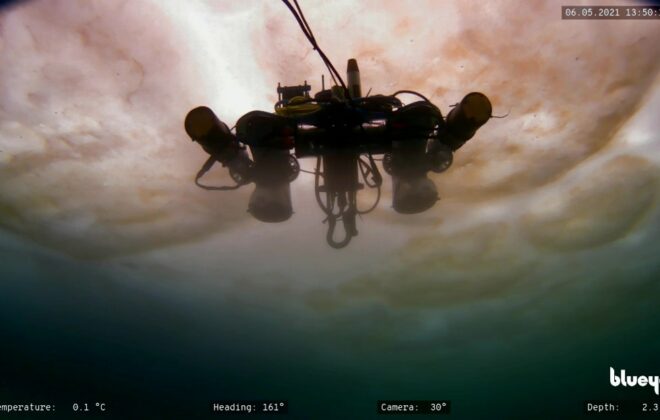Body growth affected by climate change
The number of wild boar in Europe is rapidly increasing, leading to much controversy. Understanding what factors may contribute to this population growt, as well as predict how populations will change under climate change, is essential as wild boar incur very real economic and public health costs. In my PhD thesis, I found that conditions consistent with climate change may be linked to more rapid body growth, and population growth, in wild boar.
The life of an organism can be simply described as its survival, growth, reproduction, and death. These life-history traits are influenced by both natural environmental variation as well as human activity (i.e. global climatic change, hunting).
While survival and reproduction are well-studied traits within the field of ecology, causes of body growth variation and its consequences for the dynamics of populations (e.g. growth or decline in population size) is relatively poorly understood. Body growth is relatively understudied due to the rarity of long-term studies with multiple measures of individuals throughout life, a requirement for studying body growth.
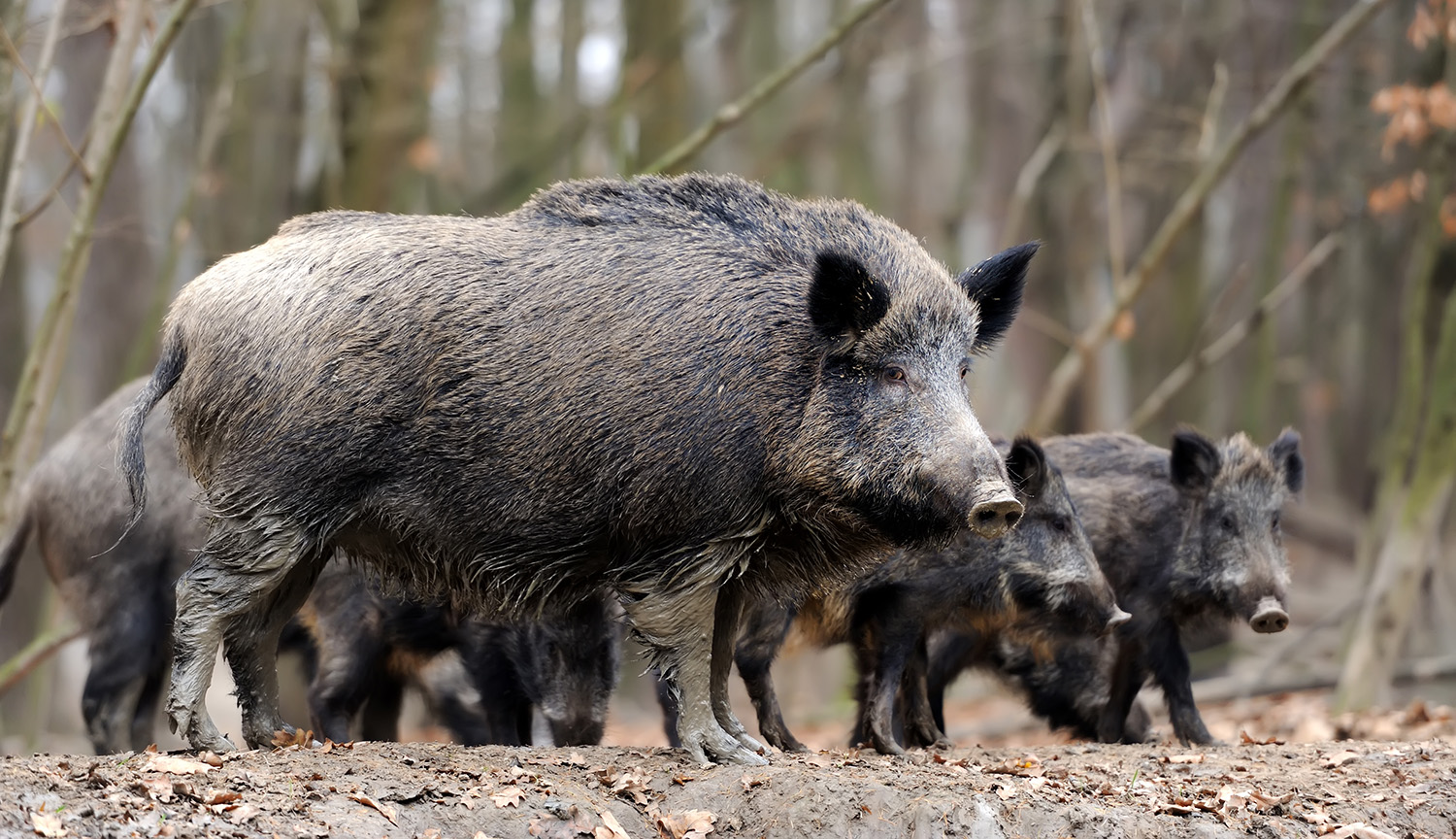
Significant impact on human life
In my thesis, I investigated causes and consequences of body growth variation in multiple European populations of hunted wild boar populations. Not only was I able to address fundamental questions related to body growth within the field of ecology using these data, but inform management of a species of critical concern. Indeed, the rapid increase in the abundance of wild boar throughout Europe poses an economic threat. Wild boar are both a reservoir of diseases (including African Swine Fever, an emerging infectious disease in Europe) and account for substantial economic losses in the form of crop destruction.
Faster body growth
From the results of this thesis, I found faster body growth in wild boar under environmental conditions predicted to become more frequent under global climatic change. Further, a strong hunting pressure may be linked to faster body growth in early-life and more rapid development in wild boar. Faster body growth was linked to faster population growth rates in some study populations as well as faster population turnover. Thus, the results of this thesis may be useful to consider for managers seeking to predict how wild boar populations will change as an emblematic game species under the backdrop of climate change.

Lara Veylit
Lara Veylit was a PhD candidate at the Department of Biology at NTNU. She belonged to the Centre for Biodiversity Dynamics (CBD).
Tags In
Related Posts
Search
Søk
Categories
- Arctic Research
- Arkitektur
- Bærekraft
- Bioingeniørfag
- Biologi
- Biology
- Biomedical Laboratory Science
- Biotechnology
- Bioteknologi
- Chemical Engineering
- Chemistry
- Climate
- Computer Science
- Datateknologi
- Digital
- Elektronikk
- Energi
- Energi
- Energy
- Engineering
- Engineering
- Environment
- Food Science
- Forskning
- Fysikk
- Fysikk
- Havbruk
- Informasjonsteknologi
- Informasjonsteknologi
- Ingeniørvitenskap
- Kjemi
- Kjemisk prosessteknologi
- Kjemisk prosessteknologi
- Kreftbehandling
- Kybernetikk
- Marine Technology
- Materialer
- Materials Science
- Materialteknologi
- Matvitenskap
- Meninger
- Miljø
- Min ph.d.
- My PhD
- My PhD
- My postdoc
- Nanotechnology
- Nanoteknologi
- Ocean
- Oil and gas
- Physics
- Research
- Simulering og visualisering
- Spør en forsker
- Studentliv
- Sustainability
- Ukategorisert
- Universitetsliv
- University Life
Kategorier
- Arctic Research
- Arkitektur
- Bærekraft
- Bioingeniørfag
- Biologi
- Biology
- Biomedical Laboratory Science
- Biotechnology
- Bioteknologi
- Chemical Engineering
- Chemistry
- Climate
- Computer Science
- Datateknologi
- Digital
- Elektronikk
- Energi
- Energi
- Energy
- Engineering
- Engineering
- Environment
- Food Science
- Forskning
- Fysikk
- Fysikk
- Havbruk
- Informasjonsteknologi
- Informasjonsteknologi
- Ingeniørvitenskap
- Kjemi
- Kjemisk prosessteknologi
- Kjemisk prosessteknologi
- Kreftbehandling
- Kybernetikk
- Marine Technology
- Materialer
- Materials Science
- Materialteknologi
- Matvitenskap
- Meninger
- Miljø
- Min ph.d.
- My PhD
- My PhD
- My postdoc
- Nanotechnology
- Nanoteknologi
- Ocean
- Oil and gas
- Physics
- Research
- Simulering og visualisering
- Spør en forsker
- Studentliv
- Sustainability
- Ukategorisert
- Universitetsliv
- University Life

